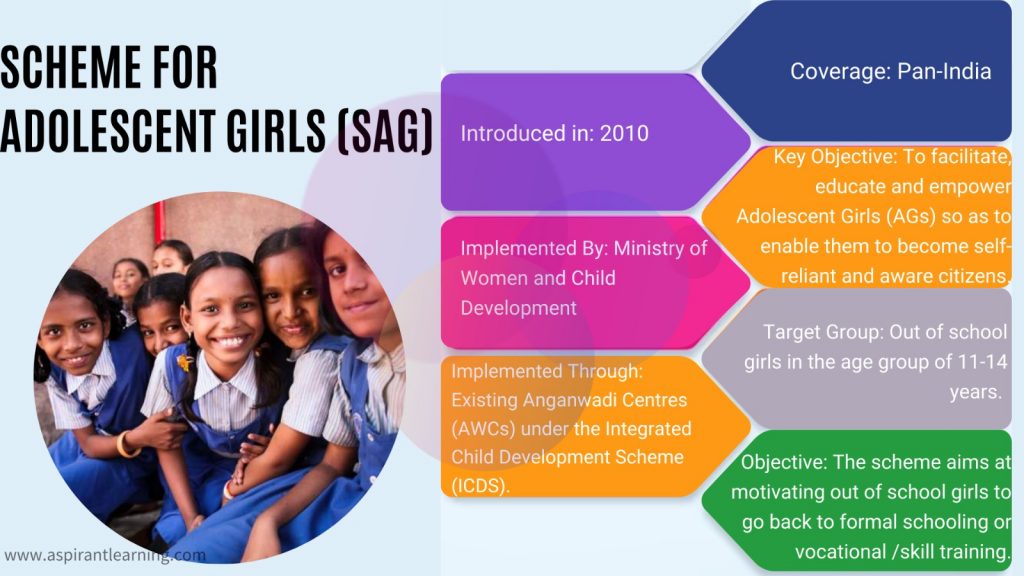News Highlights:
Assam child marriage: A statewide crackdown against child marriage in the state of Assam has resulted in the arrest of more than 2,000 persons over a short period of time.
Key Takeaway:
- According to Chief Minister Himanta Biswa Sarma, the police will retrospectively file charges against everyone who engaged in child marriage over the last seven years.
- According to data from the National Family Health Survey(NFHS), child marriage is the main reason Assam has a high maternal and newborn death prevalence.
Drive based on surveys:
- National Family Health Survey:
- On January 23, the Assam Cabinet ordered a crackdown on child marriages.
- Based on the National Family Health Survey-5, which was conducted in 2019 and 2020, the decision was made because Assam had a higher rate of women aged 20 to 24 who were married before the legal age of 18 than the rest of the country at 31.8% compared to 23.3% nationally.
- In addition, the poll found that 11.7% of married women in Assam between the ages of 15 and 19 were either pregnant at the time of the survey or already mothers, which is higher than the 6.8% national average.
- According to the National Family Health Survey-4, which was conducted in 2015 and 2016, Assam had a child marriage rate of 30.8%, which is exactly 4% higher than the national average, and 13.6% more women aged 15 to 19 were mothers or pregnant than the 7.9% national average.
- What legal provisions are the arrests done under?
- Men who married girls below 14 years of age would be booked under the Protection of Children From Sexual Offences Act, 2012 (POCSO Act). The POCSO Act criminalises sex between a minor and an adult. The law does not recognise a minor’s consent as valid.
- Meanwhile, those marrying girls between 14 and 18 years would be booked under the Prohibition of Child Marriage Act 2006.
The current state of child marriage:
- Child Marriages in India:
- Child marriage decreased from 47.4% in India in 2005-2006 to 26.8% in 2015-2016.
- According to the most recent National Family Health Survey-5, it decreased by 3.5% points over the previous five years, reaching 23.3% in 2020–21.
- Although there is a declining trend in the general prevalence of child marriage, 23.3% is still an alarmingly high number in a nation with 141.2 crore people.
- According to NFHS statistics, eight States had higher rates of child marriage than the national average, with West Bengal, Bihar, and Tripura topping the list with more than 40% of women in their 20s and 30s who were married before turning 18.
- Some states, including Madhya Pradesh (23.1% in 2020–21 from 32.4% in 2015–16), Rajasthan (25.4% from 35.4%), and Haryana, have seen a decline in child marriages.
- Worldwide Scenario:
- A total of 12 million girls are married as children each year, according to UNICEF statistics.
- Goal 5 of the 2030 UN Sustainable Development Goals aims to abolish all harmful practices, including female genital mutilation, child marriage, early marriage, and forced marriage.
Legal provision to prevent Child Marriage:
- The POCSO Act:
- The POCSO Act of 2012 criminalises sex between a minor and an adult. The law does not recognise a minor’s consent as valid.
- Sexual assault under POCSO is a non-bailable, cognisable offence.
- Section 19 of the POCSO Act imposes a “mandatory reporting obligation” which requires every person who suspects or knows of a sexual offence being committed against a child must report it to the police or the Special Juvenile Police Unit.
- Prohibition of Child Marriage Act 2006:
- The Prohibition of Child Marriage Act 2006 says that child marriages are illegal but not void.
- Instead, they are voidable at the option of the minor party in the scenario that the minor petitions the court to declare the marriage void.
- The Act stipulates 18 years as the minimum marriageable age for women, while for men, it is 21 years.
- The punishment also extends to anyone who performs, conducts, directs, or abets any child marriage.

Government Schemes to prevent Child marriages:
- Sukanya Samriddhi Yojana (SSY):
- Sukanya Samriddhi Scheme is a small saving scheme under the Government of India targeting the parents of any girl child.
- This scheme focuses on encouraging the parents of the female child to build a fund for their future education and marriage expenses.
- Also known as Sukanya Samriddhi Account, PM Narendra Modi launched this scheme as a part of the Beti Bachao, Beti Padhao campaign.
- Beti Bachao Beti Padhao Scheme:
- It was launched in January 2015 to address sex-selective abortion and the declining child sex ratio of 918 girls for every 1,000 boys in 2011.
- The main objective is the Prevention of gender-biased sex-selective elimination. Ensuring the survival & protection of the girl child. Ensuring education and participation of the girl child. Protecting rights of Girl children.
- Balika Samriddhi Yojana:
- This central government scheme guarantees the enrollment and retention of girls in primary and secondary education.
- It seeks to make a girl’s child prosperous and to give them access to higher-quality education.
Pic Courtesy: Freepik
Content Source: The Hindu



